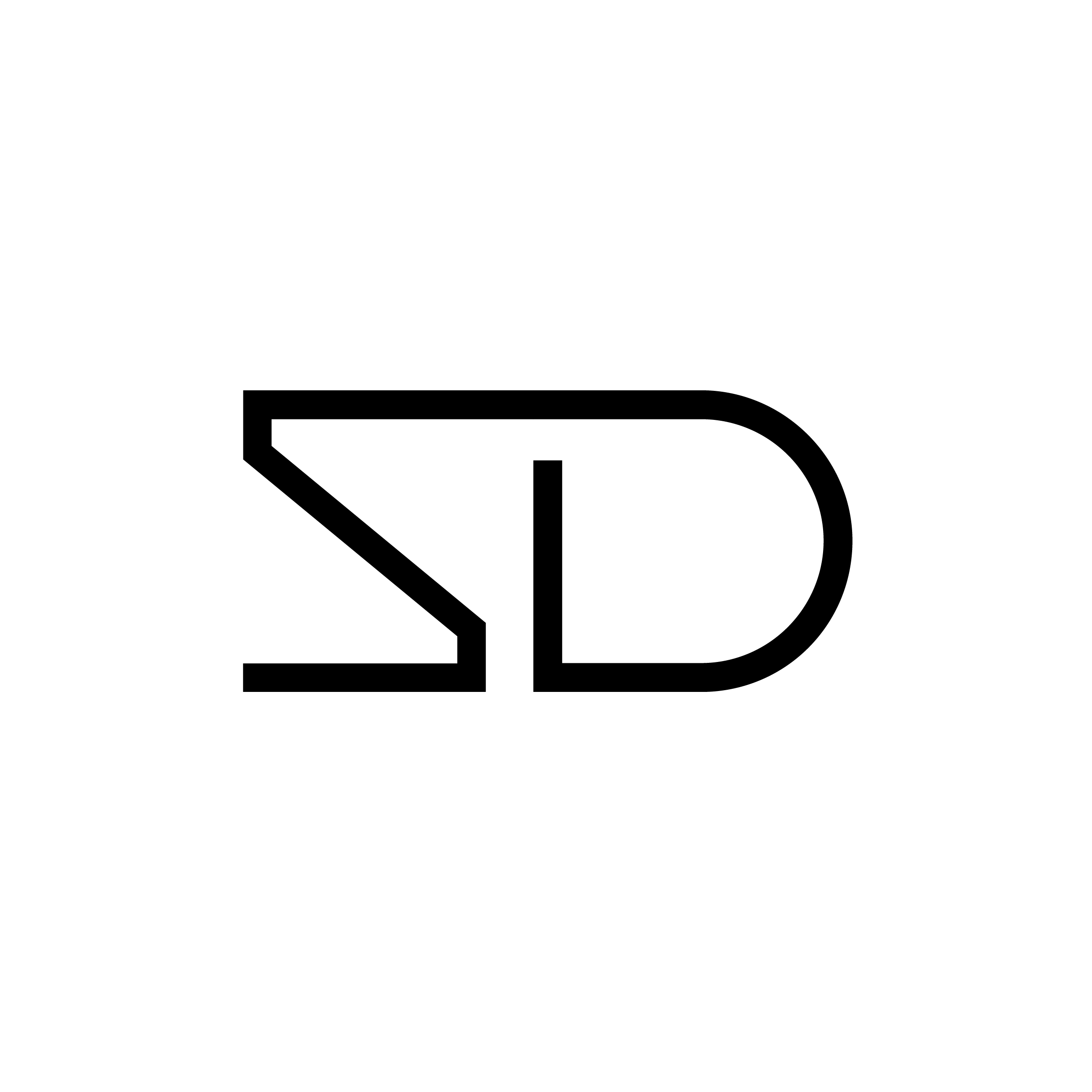Fabric Innovation: The Future of Fashion
The fashion industry holds a lot of power in terms of its impact on the environment, and it's no secret! The industry generates at least 10% of global carbon emissions, making it one of the most significant contributors to climate change, with an estimated market value of $2.5 trillion. However, the environmental impact of fashion goes beyond carbon emissions. Water usage is another critical issue, with the fashion sector consuming 93 billion cubic metres of water and producing over 20% of global wastewater from garment dyes and treatments each year, according to the World Bank.
Fibres and textiles used within fashion contribute to 70% of the industry's overall environmental impact, regardless of whether they are synthetic or natural. In fact, raw materials must undergo a series of processes to become fibres, which then become fabrics before being made into clothes, marketed, and sold to consumers. As a result, fibres and fabrics play a crucial role in the fashion industry's impact on the climate.
Despite the seemingly endless challenges, people inherently desire solutions to significant problems, and the fashion industry is no exception. Innovation is essential to finding such solutions. The production and processing of fabrics account for the majority of the fashion industry's carbon footprint, which is why there is a renewed focus on textile innovation across the industry. For example, Stella McCartney recently launched a bag created from "Mylo", an alternative leather made from mushroom roots. Additionally, Zara revealed its first products made from LanzaTech's carbon-capturing material, and Gucci-owner Kering invested in lab-grown leather start-up VitroLabs.
From finding an alternative to traditional leather, to recycling post consumer waste into textiles and finding bio-based alternatives to synthetics, fabric innovation seems to have no limits. This week, we've rounded up 12 of the most exciting materials of the future we all need to keep on our radar!
Leather alternatives
Several brands are now developing more sustainable, cruelty-free and innovative leather alternatives:
- Mylo: Supported by Adidas, Gucci-owner Kering, Lululemon, and Stella McCartney, Mylo is a type of "un-leather" created from mycelium, or fungi roots. Though it is primarily made from bio-based materials, it still contains some synthetic content, but aims to eliminate it completely.
- Reishi: MycoWorks' Reishi material is also made from mycelium sheets, which are grown from specially-engineered cells fed using agricultural waste. The sheets are then treated using a chromium-free tanning process, with no synthetic materials required. Hermès has already launched products with MycoWorks, and the brand secured $125 million in funding this year.
- Mirum: Natural Fiber Welding's Mirum is a plastic-free alternative to leather produced using plants and minerals. The material can be endlessly recycled, making it fully circular. Allbirds, Pangaia, and Ralph Lauren are among the brands using Mirum.
- Piñatex: Made from pineapple waste, Piñatex was one of the first alternative leathers on the market. The material contains bio-based plastic, PLA, and is finished with a PU coating for durability. Brands like H&M and Hugo Boss have already adopted it.
- Vegea: Another plant-based leather, Vegea is made from grape waste from the wine industry. Though it still contains 45% PU, it won the H&M Foundation Global Change Award in 2017 and has been used by Ganni, Pangaia, and Calvin Klein.
- VitroLabs: VitroLabs' lab-grown leather replicates traditional leather's look and feel, but is produced using just a few animal cells. The brand raised $46 million in funding this year, and counts Kering among its investors.
Recycled textiles
Renewcell's Circulose and Evrnu's NuCycl are two materials leading the way in sustainable fashion. Both are made from 100% recycled clothing and use renewable energy to convert discarded cotton material into a new form. Circulose is transformed into a viscose-like material, while NuCycl is a fully recyclable textile primarily made from post-consumer cotton waste. Major fashion brands like H&M, Levi's, and Stella McCartney have already incorporated these eco-friendly fabrics into their products.
Bio-based fabrics
The textile industry is searching for a viable, fully bio-based alternative to synthetic materials such as polyester and nylon. Kintra and Clarus are two companies that are emerging as key players in this space.
- Kintra is exploring a new avenue using sugar derived from corn and wheat as the basis for a biodegradable alternative to traditional polyester. The company has teamed up with Pangaia to develop and scale this innovation.
- Natural Fiber Welding's Clarus technology is designed to transform natural fibres, including cotton, hemp and wool, into textiles with the same performance properties as synthetic materials. Ralph Lauren has already launched its first polo shirts using this ground-breaking fibre earlier this year.
Carbon negative materials
The two materials below are a real game-changer in the market as they’re the first fabrics to be fully carbon-negative:
- AirCarbon: Newlight Technologies's AirCarbon material is carbon-negative, which means that it has the ability to absorb CO2 from the atmosphere. The leather substitute is made by replicating a natural process that occurs in marine organisms. The process converts methane and carbon dioxide into a molecule that can be melted down. AirCarbon has partnered with Nike and has exciting plans for the future.
- LanzaTech: LanzaTech is another company to watch out for in the carbon-capture space. The company has developed a process to convert CO2 emissions from steel mills into an ethanol-based polyester yarn. Zara has already launched clothes made using this technology, with 20% of the garments being made from carbon emissions. Lululemon has also partnered with LanzaTech back in 2021.
It's no secret that the fashion industry is always evolving, and these new fabric innovations are at the forefront of that change. We're thrilled to see how these cutting-edge technologies will continue to progress and push the boundaries of fashion even further.
[info sourced on vogue.co.uk and fashionista.com
Featured image sourced on canva.com]

